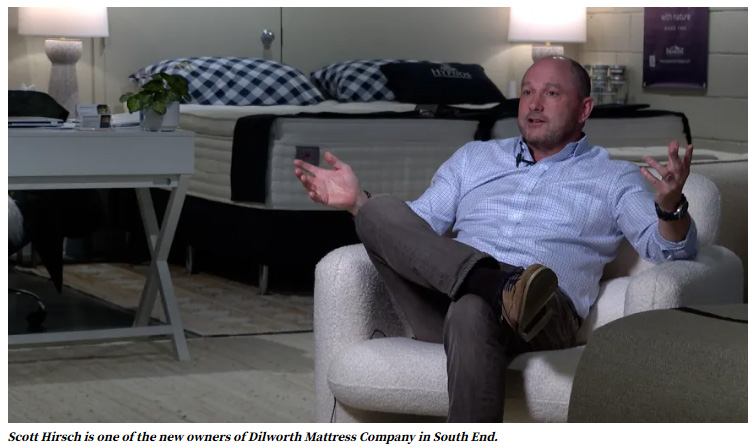
Family-owned mattress company celebrates 93 years in Charlotte with new generation of owners
by: Savannah Rudicel Posted: Mar 7, 2024 / 11:17 PM EST Updated: Mar 8, 2024 / 09:29 AM EST CHARLOTTE, N.C. (Queen City News) – Amid all [...]
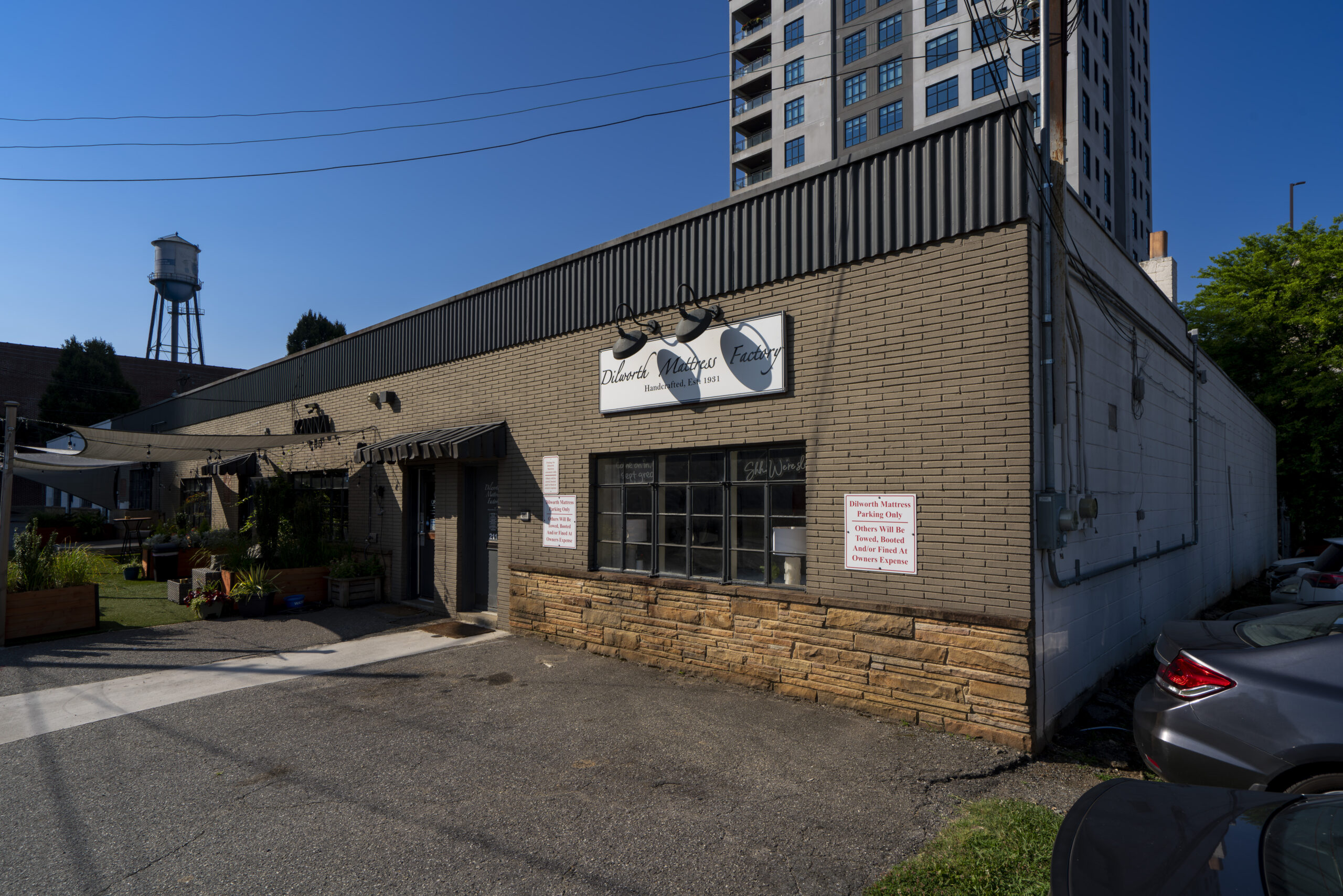
Family-owned mattress business endures decades of change in South End
Axios Article by Katie Peralta Soloff Dilworth Mattress Factory is a Charlotte institution that has evolved over its more than nine decades in business. [...]
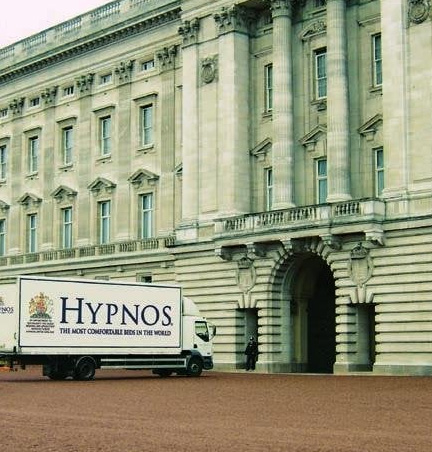
Sleep Like The King of England! Hypnos Mattresses Are Now Available in Charlotte!
In addition to the fine bedding made in the Dilworth Mattress Factory, they are now offering the mattress favorite of the Royal Family of England! [...]

Dilworth Mattress Factory – In The News – WCCB News Rising
Dilworth Mattress Factory is making news again! They were recently featured in the “Do My Job” segment of the WCCB News Rising Morning Show. Check [...]
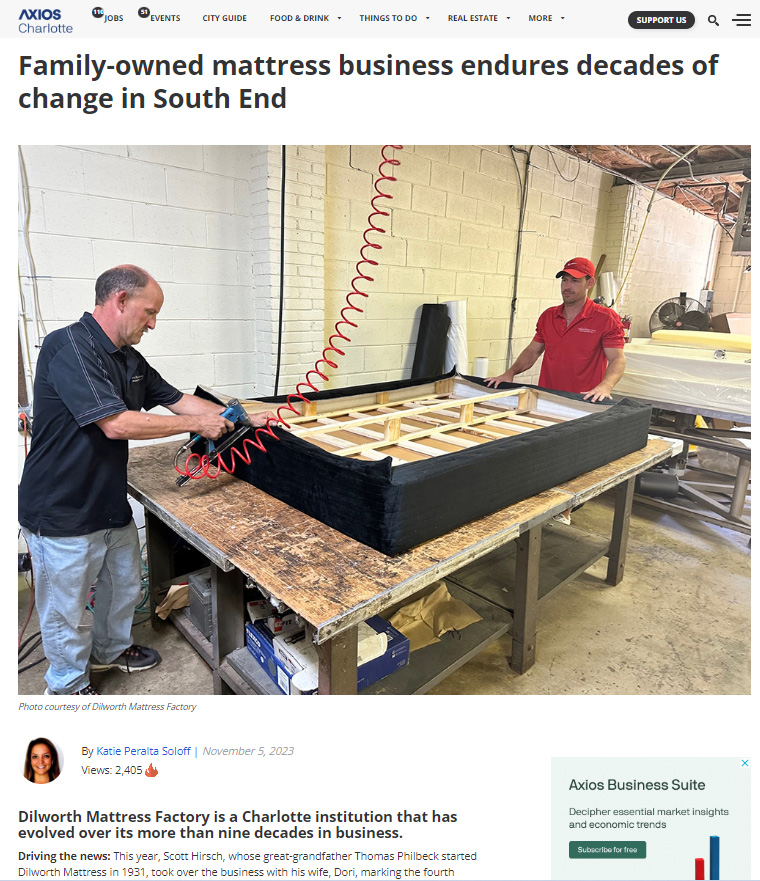
Dilworth Mattress Factory in the News!
Dilworth Mattress Factory was recently featured in Axios Charlotte! November 5, 2023 by Katie Peralta Soloff Article Excerpt: Family-owned mattress business endures decades of [...]
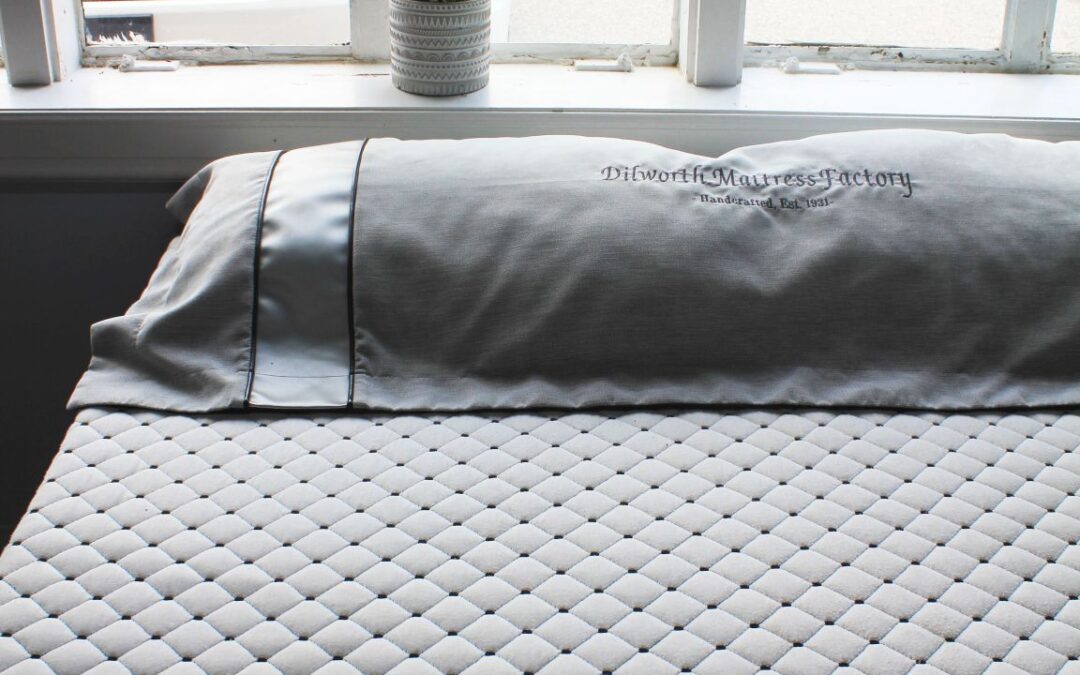
Advantages of a Latex Mattress
A latex mattress offers several benefits that make it a popular choice among consumers. Here are some of the advantages of a latex mattress: Comfort [...]

Family-owned mattress company celebrates 93 years in Charlotte with new generation of owners
by: Savannah Rudicel Posted: Mar 7, 2024 / 11:17 PM EST Updated: Mar 8, 2024 / 09:29 AM EST CHARLOTTE, N.C. (Queen City News) – Amid all [...]

Family-owned mattress business endures decades of change in South End
Axios Article by Katie Peralta Soloff Dilworth Mattress Factory is a Charlotte institution that has evolved over its more than nine decades in business. [...]

Sleep Like The King of England! Hypnos Mattresses Are Now Available in Charlotte!
In addition to the fine bedding made in the Dilworth Mattress Factory, they are now offering the mattress favorite of the Royal Family of England! [...]

Dilworth Mattress Factory – In The News – WCCB News Rising
Dilworth Mattress Factory is making news again! They were recently featured in the “Do My Job” segment of the WCCB News Rising Morning Show. Check [...]

Dilworth Mattress Factory in the News!
Dilworth Mattress Factory was recently featured in Axios Charlotte! November 5, 2023 by Katie Peralta Soloff Article Excerpt: Family-owned mattress business endures decades of [...]

Advantages of a Latex Mattress
A latex mattress offers several benefits that make it a popular choice among consumers. Here are some of the advantages of a latex mattress: Comfort [...]





